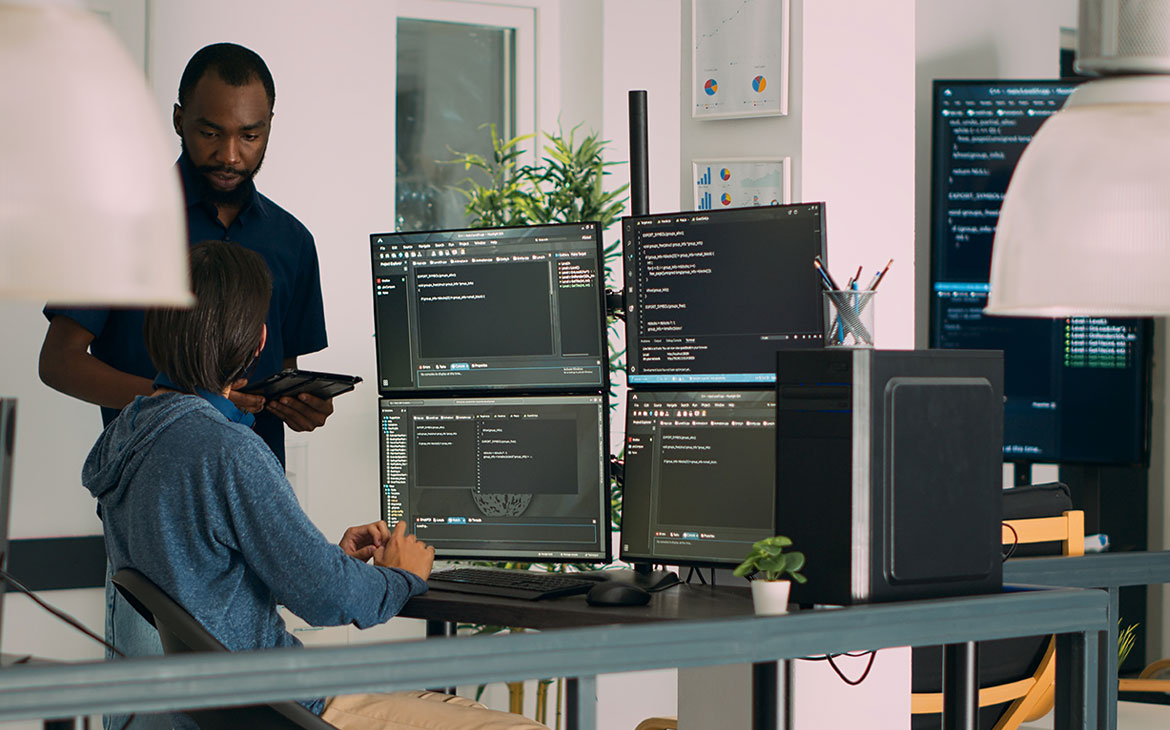When it comes to computational complexity, both hardware and software play a critical role in determining the efficiency of an algorithm.
The complexity of an algorithm can be expressed as a function of the size of its input. The base of this function represents the inherent cost of performing basic operations on individual pieces of data, such as arithmetic or logic operations. The exponent, on the other hand, represents the number of times these basic operations need to be performed in order to complete the algorithm.
Historically, hardware technology scaling has been the primary driver of complexity reduction and performance improvement. Moore’s law, which states that the number of transistors on a microchip will double every two years, has been the guiding principle of hardware technology scaling for over five decades. This law has enabled the development of faster, more powerful, and more efficient hardware devices, from smartphones and laptops to supercomputers.
However, as hardware technology has advanced, it has become increasingly difficult and expensive to continue scaling hardware components. The limits of silicon-based transistors are being reached, and the cost of developing and manufacturing new hardware components is increasing. As a result, hardware technology scaling is no longer the most significant driver of complexity reduction and performance improvement.
Software and numerical algorithms have now taken center stage in the development of new technologies. They are becoming so critical that they directly impact the exponent of algorithmic complexity. At the same time, they need to provide flexibility and adaptability in presence of new hardware technologies, while maintaining high user-productivity. These algorithmic characteristics drive the agenda of AlgoDoers.





Leave feedback about this